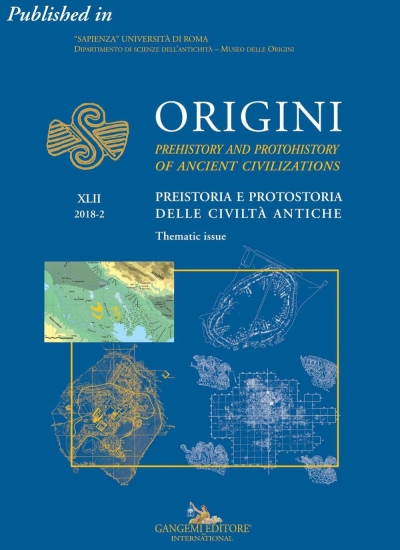Descrizione
In The Evolution of Urban Society, Adams suggested that ecological differences could play an important part in the development of early cities and their relationships with rural populations in their political and economic hinterlands. In the Andes, early cities developed during the first millennium CE in three distinct ecozones: the Pacific coast (Moche), the Lake Titicaca basin (Tiwanaku), and the highland valleys of Ayacucho (Huari). This article provides a brief introduction to each of these case studies, noting variations in urban form and scale, as well as the construction of monuments and public spaces. After describing the differences between the earliest Andean cities, discussion turns to the long-term trajectory of Andean urbanism, culminating in the flexible urban strategies of the Inca Empire.




